Ten Most Revolutionary Defensive Players

Ten Most Revolutionary Defensive Players
Lawrence Taylor, LB
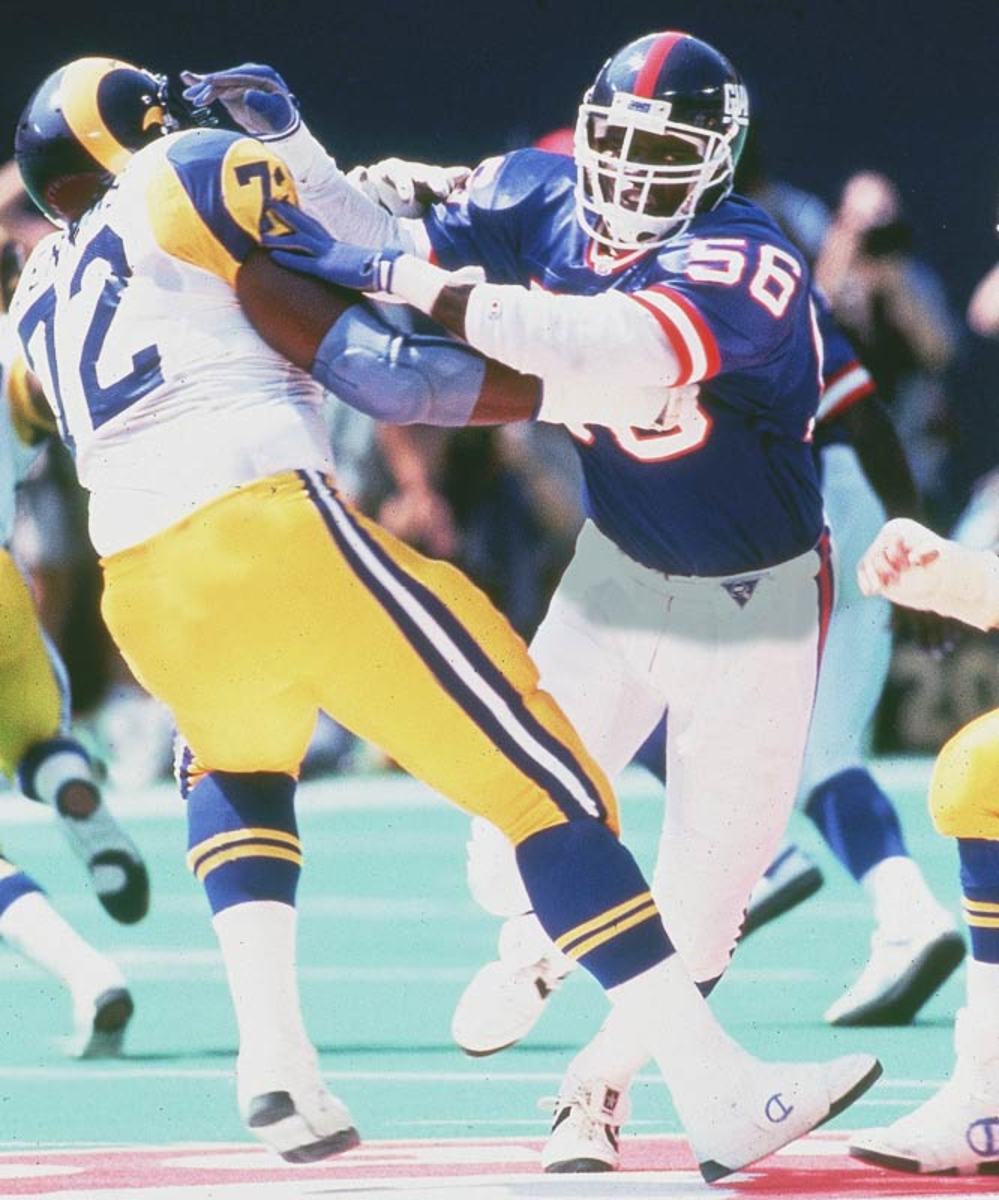
Before Taylor, outside linebackers usually let a play unfold and then reacted. Taylor brought his game straight at opposing offenses. Taylor's speed and strength made it impossible for offenses to handle him and he was a terror to quarterbacks. Several pass-rushing outside linebackers followed in Taylor's footsteps, but none of them were as destructive as the great LT.
Deion Sanders, CB
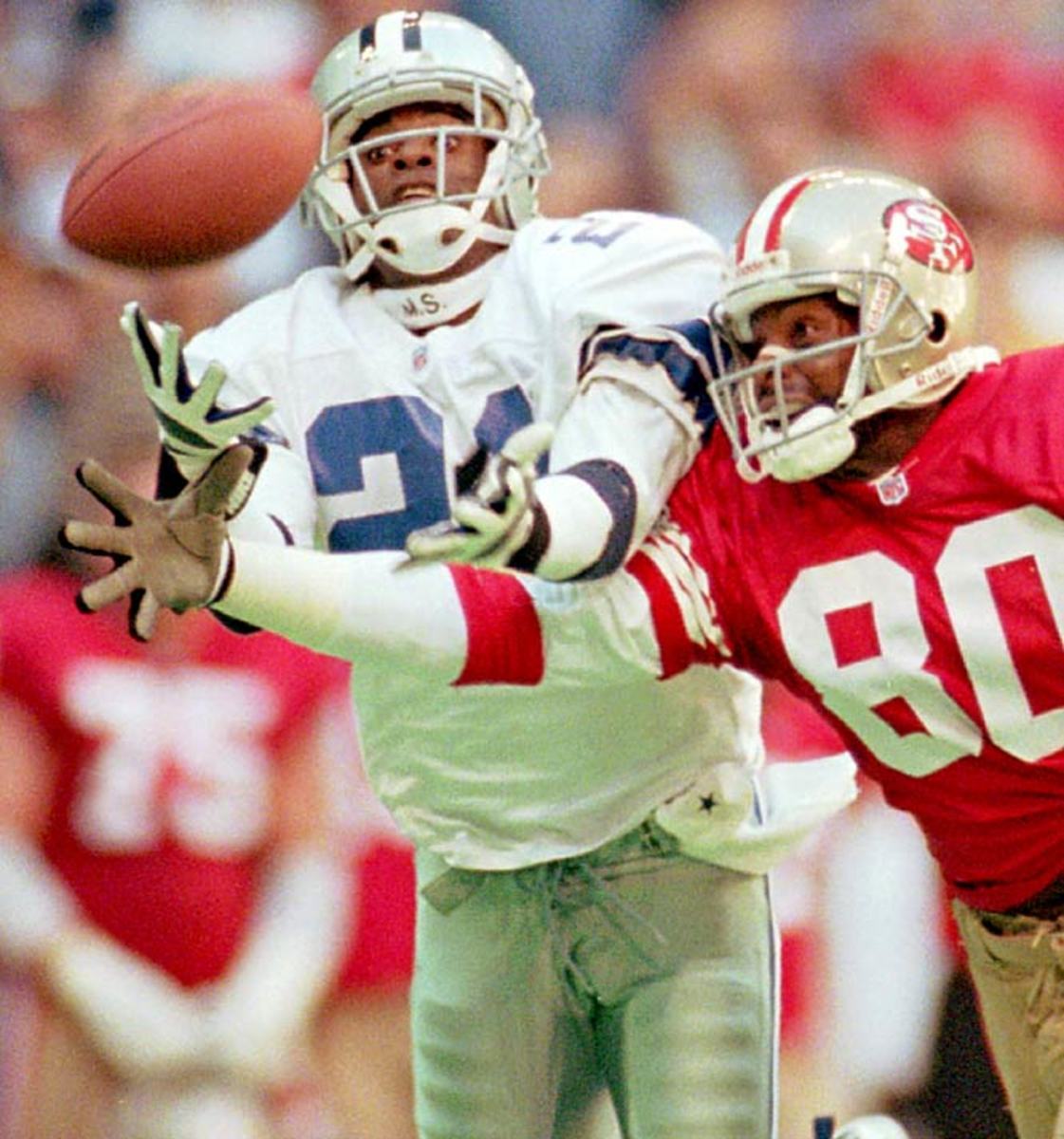
For a brief period in NFL history, cornerback became the most important position other than quarterback. Teams saw Sanders shut down half the field and decided they needed a shutdown guy. In an age where rules favored the receiver -- Sanders was so fast, had such good balance and hands that his man was basically out of the game. That let the rest of the defense focus on covering other guys and rushing the passer. Since Sanders' heyday, the NFL has changed the rules even more in favor of the passing game, so other than Denver's Champ Bailey, the shutdown corner is basically an extinct species.
Deacon Jones, DE

Some consider Jones to be the first true defensive end. He was fast and strong and got to the quarterback more than any player in his era. Jones even coined the term "sack" -- like sacking a city -- for tackling a quarterback behind the line of scrimmage. The NFL didn't count sacks officially until 1982, but historians claim he had 26 sacks in a 14-game season in 1967. Jones' signature move, the head slap, was later outlawed.
Ronnie Lott, S
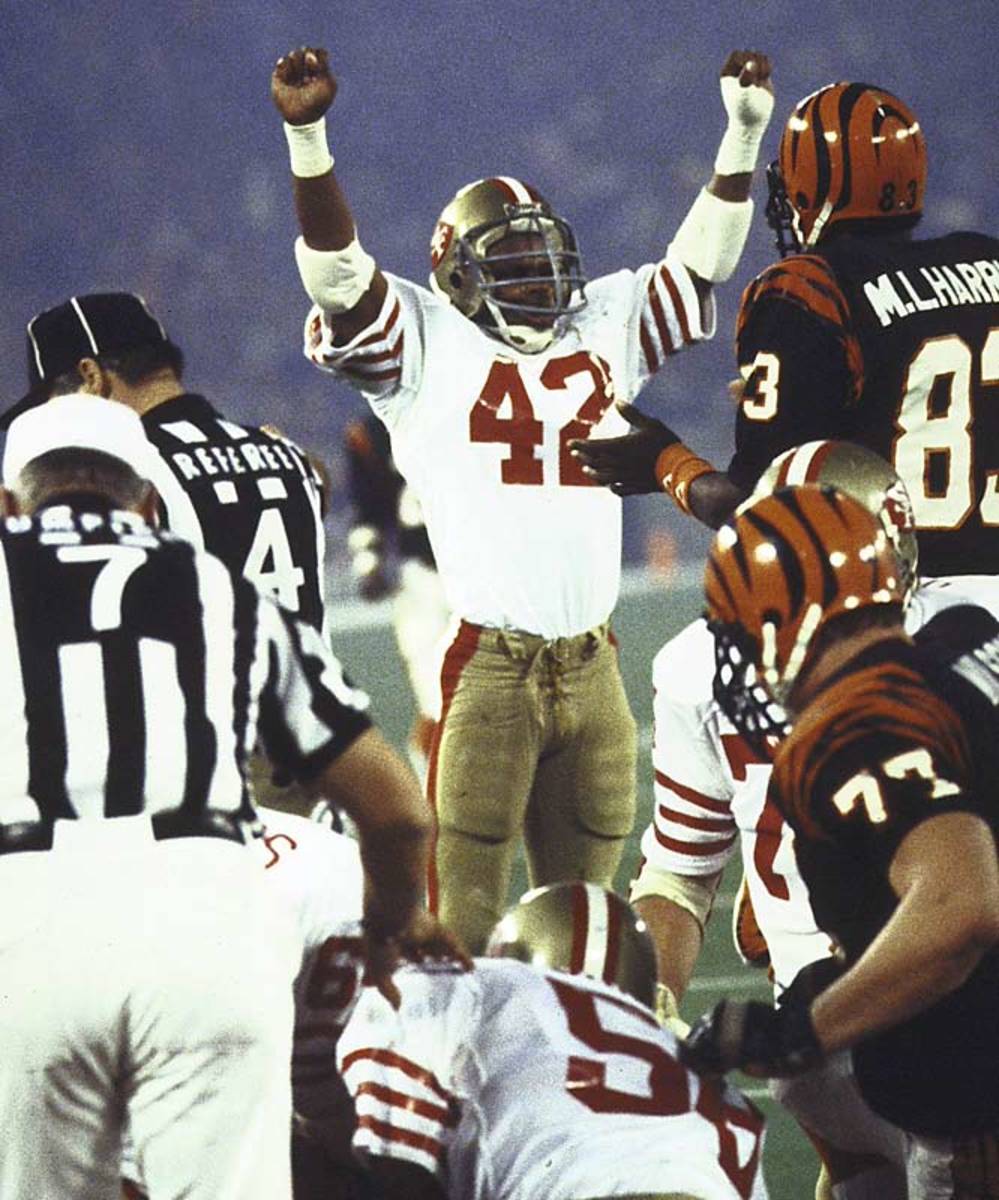
There were hard-hitting safeties before Lott, but none had Lott's all-around game. Lott, a converted cornerback, had 63 interceptions in his career and his ability to deliver big hits scared receivers. Lott expanded the way defensive coaches thought of safeties, as both run-stoppers and bona fide cover men. His legacy includes current stars like Pittsburgh's Troy Polamalu, Philadelphia's Brian Dawkins and Baltimore's Ed Reed.
Dick Butkus, LB

There were other players who redefined the middle-linebacker spot -- like Sam Huff, Chuck Bednarik and Ray Nitschke -- but no one had the impact of Butkus. The Bears legend had the speed and drive to make plays on every inch of the field. He was a monster against the run and could cover tight ends and running backs. But more important than anything was his intensity. He played every game like it was his last -- a necessary ingredient to be a great middle linebacker. Butkus' lineage includes Mike Singletary, Ray Lewis and Brian Urlacher.
Reggie White, DE

White had incredible speed and strength, but he was also uniquely gifted as a pass rusher because of his ability to get offensive linemen off balance. White used his famous "swim method" or a "club" move to set up defenders, but he might switch up his moves on every down. White was impossible to stop with one blocker and subsequent pass-rushers learned from his moves and relentless style.
Mel Blount, CB

At 6-foot-3, 205 pounds, Blount physically dominated receivers and forced the NFL to change the rule book. The strong, athletic Blount used his "bump-and-run" method to knock the opponent's top receiver off his routes and completely shut him down. After the league made it illegal to make contact down the field, Blount was still athletic enough to be one of the best corners around. Blount's ability to jam receivers at the line helped the Steelers run a system that eventually evolved into the "Cover Two," which is now the most popular defense in the NFL.
Brian Urlacher, MLB
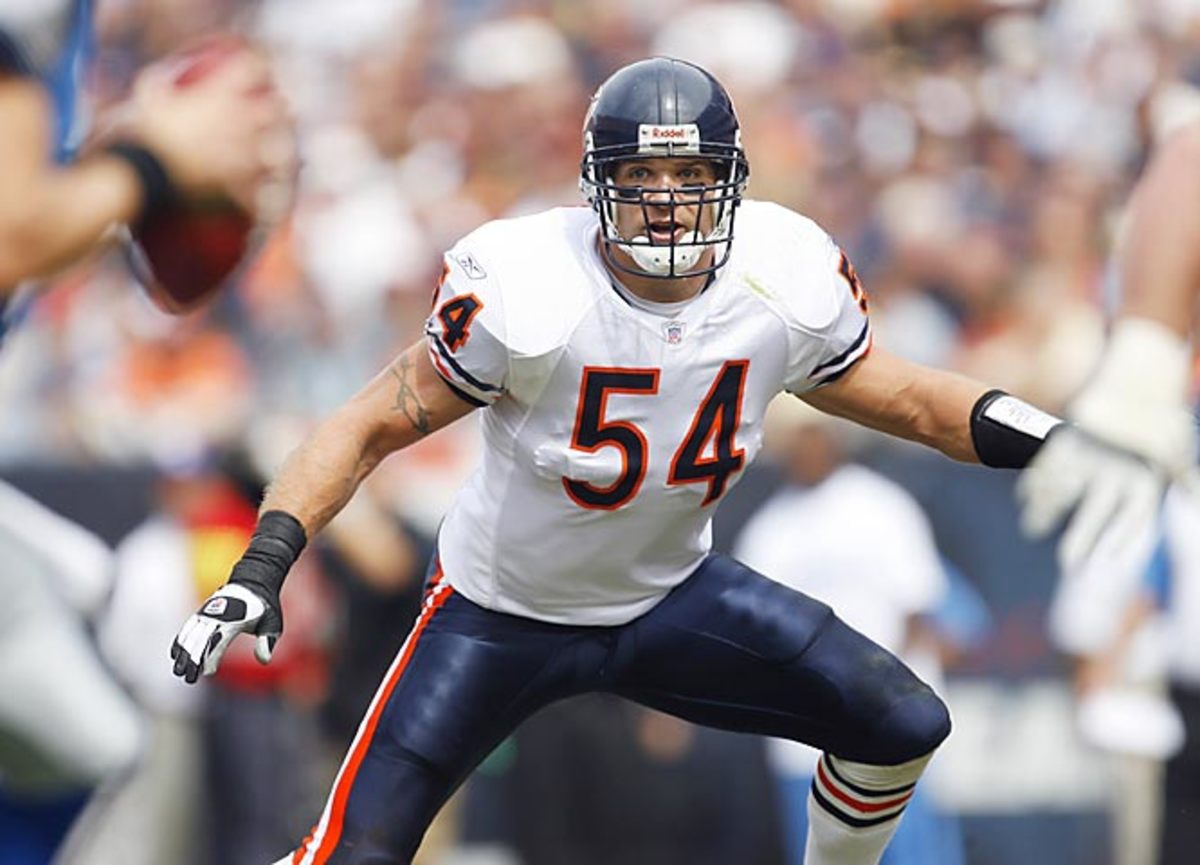
A safety in college, Urlacher has the speed to stay close to the line and stop the run and effectively drop back in coverage, which is the key ingredient to the Cover Two defense. The defense had its roots in the 1970s Steelers, when undersized linebacker Jack Lambert redefined middle linebacker with his speed. Urlacher's unique athleticism has helped the Bears take the popular system to a new level and their defense is the gold standard in the NFL right now.
Buck Buchanan , DT
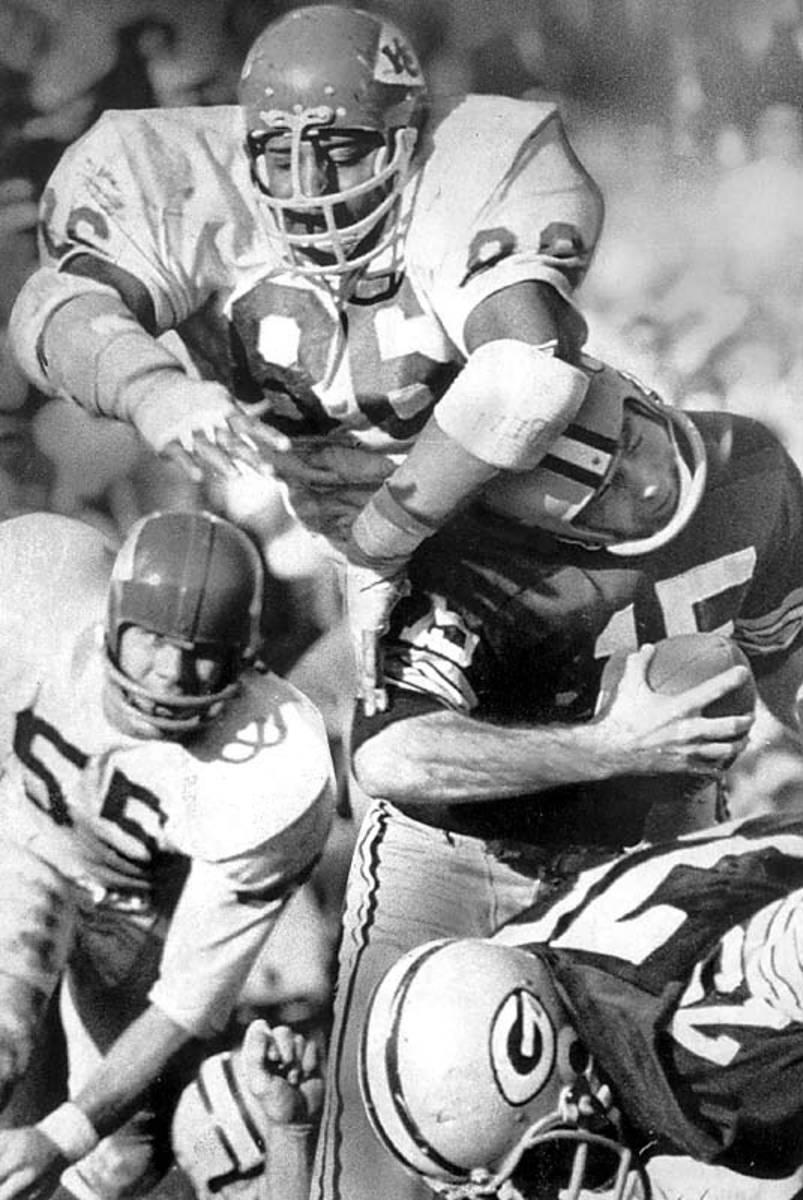
Buchanan was the first tall, athletic defensive tackle who could pressure the quarterback. Usually guys like Buchanan played on the outside, but Buchanan was strong enough to hold his own on the inside. Buchanan actually batted down 16 passes in 1967. Not long after Buchanan started dominating, the Steelers drafted Mean Joe Greene, who took the position to the next level.
Bob Lilly, DT

Lilly spearheaded a revolutionary Cowboys system that would become known as the "Flex." Coach Tom Landry designed a defense where the tackles lined up slightly off the line of scrimmage, making it harder to run the ball, which was a more prominent part of offenses in the 1950s. Lilly's skill made the defense tremendously effective and Dallas constantly put opponents into third-and-long situations, which led to easy sacks.
